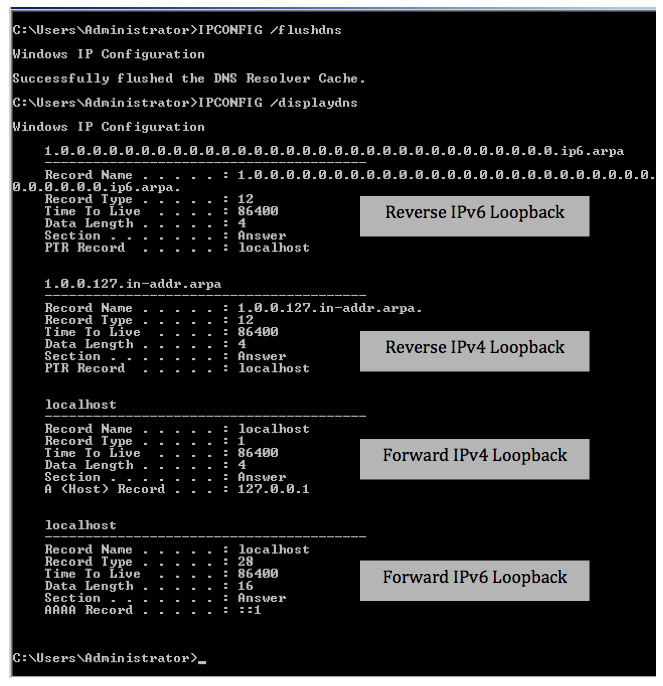

What does a link-local address always start with? IPv4 had a loopback address of 127.0.0.1. Which routing protocol uses multicast address FF02::5? Which type of address identifies multiple interfaces, but packets are delivered only to the first address it finds? Which type of address is meant to be delivered to multiple interfaces? Which type of address is not meant to be routed to the Internet but is still globally unique? Which type of address is not meant to be routed? Which type of address is used just like a regular public routable address in IPv4? Which type of packet is addressed and delivered to only a single interface? Mode and starting a RIPng process, a new RIPng process will simply be started for So in RIPng’s case, if you enable it directly on an interface without going into router configuration This is actually kind of cool since in RIPv2, the multicast address was 224.0.0.9 How the configuration looks for the stateless DHCP server in the routerĪnd it still uses multicast to send its updates too, but in IPv6, it uses FF02::9 for the transportĪddress.

You can specify the entire 128-bit global IPv6 address A bit value of 1 means globally unique, and a bit value of 0 means locallyĮnable IPv6 on a router, you have to use the And the bit that gets changed is theĪnd the bit that gets changed is the seventhīit in the address. If the address is locally unique or globally unique. Padding (called modified eui-64 format) changes a bit to specify
THE IPV6 LOOPBACK ADDRESS IS 64 BITS
Interface ID in an IPv6 address is 64 bits in lengthīut since the interface ID in an IPv6 address is 64 bits in length and a MACĪddress is only 48 bits, where do the extra 16 bits come from?įor example, let’s say I have a device with a MAC address that looks like this:Īfter it’s been padded, it would look like this: 73.1987. Interface ID in an IPv6 address is XXXX bits in length Packets to be transmitted over an IPv4 network without the need to configure explicit tunnels. Used with 6to4, which is the transition system-the structure that allows IPv6 There’s a big difference: the anycast packet is only delivered to one address-actually, to theįirst one it finds defined in terms of routing distance. Like multicast addresses, an anycast address identifies multiple interfaces, but It’s really easy to spot a multicast address in IPv6 because they always sta Sometimes people call them one-to-manyĪddresses. To all interfaces identified by the multicast address. Same as in IPv4, packets addressed to a multicast address are delivered Unique localĪddresses were designed to replace site-local addresses, so they basically do almost exa These addresses are also intended for non-routing purposes, but theyĪre nearly globally unique, so it’s unlikely you’ll ever have one of them overlap. Together for meetings or for creating a small LAN that’s not going to be routed

Think of them as a handy tool that gives you the ability to throw a temporary LAN These are your typical publicly routable addresses, and they’re the There are a few different types of unicastĪddresses, but we don’t need to get into that here For loadīalancing, multiple interfaces can use the same address. Packets addressed to a unicast address are delivered to a single interface.


 0 kommentar(er)
0 kommentar(er)
